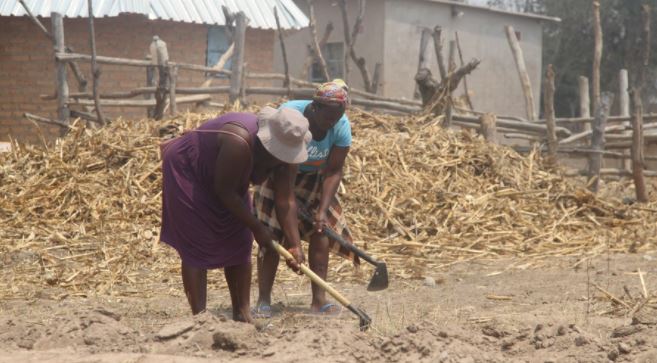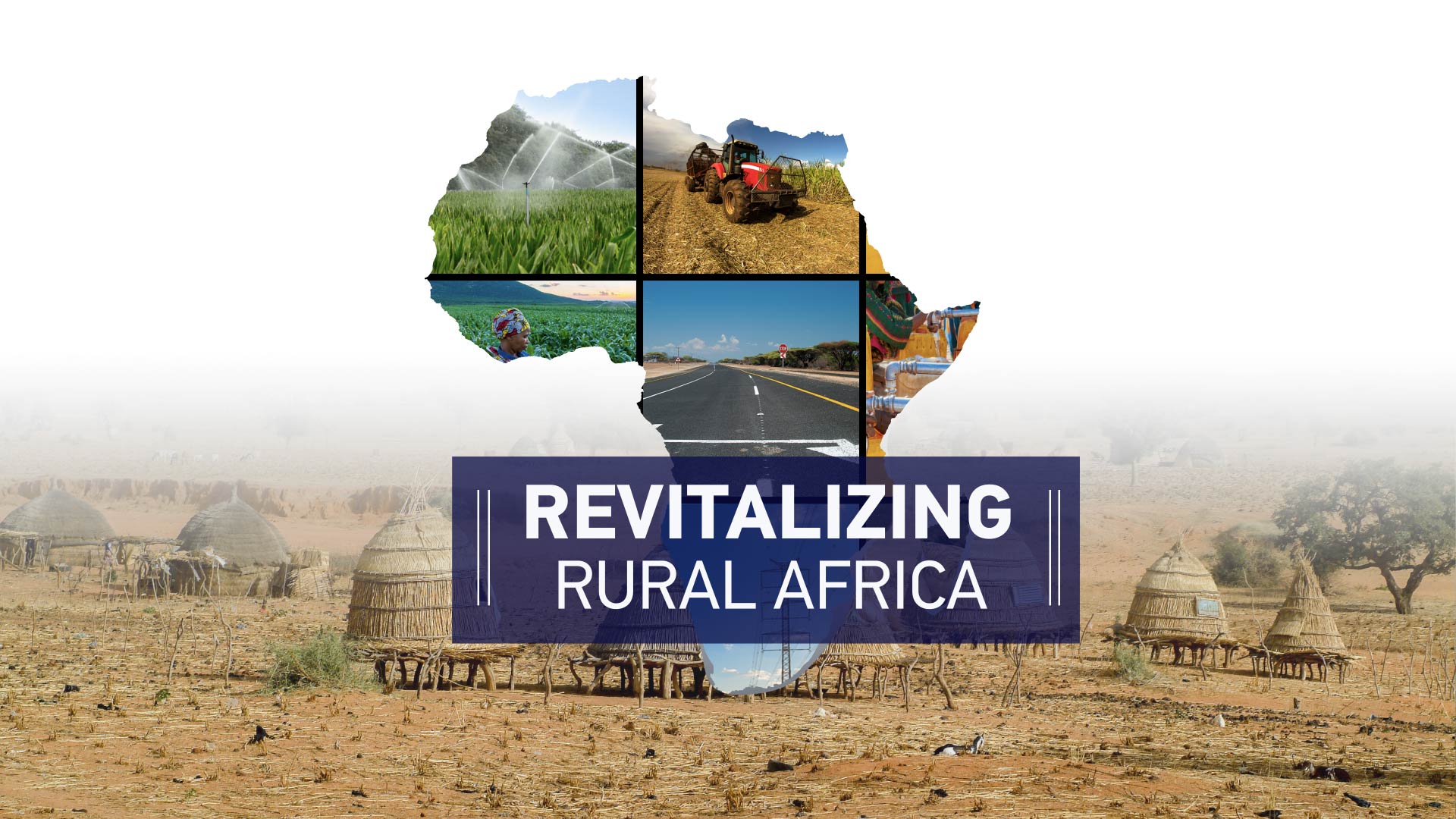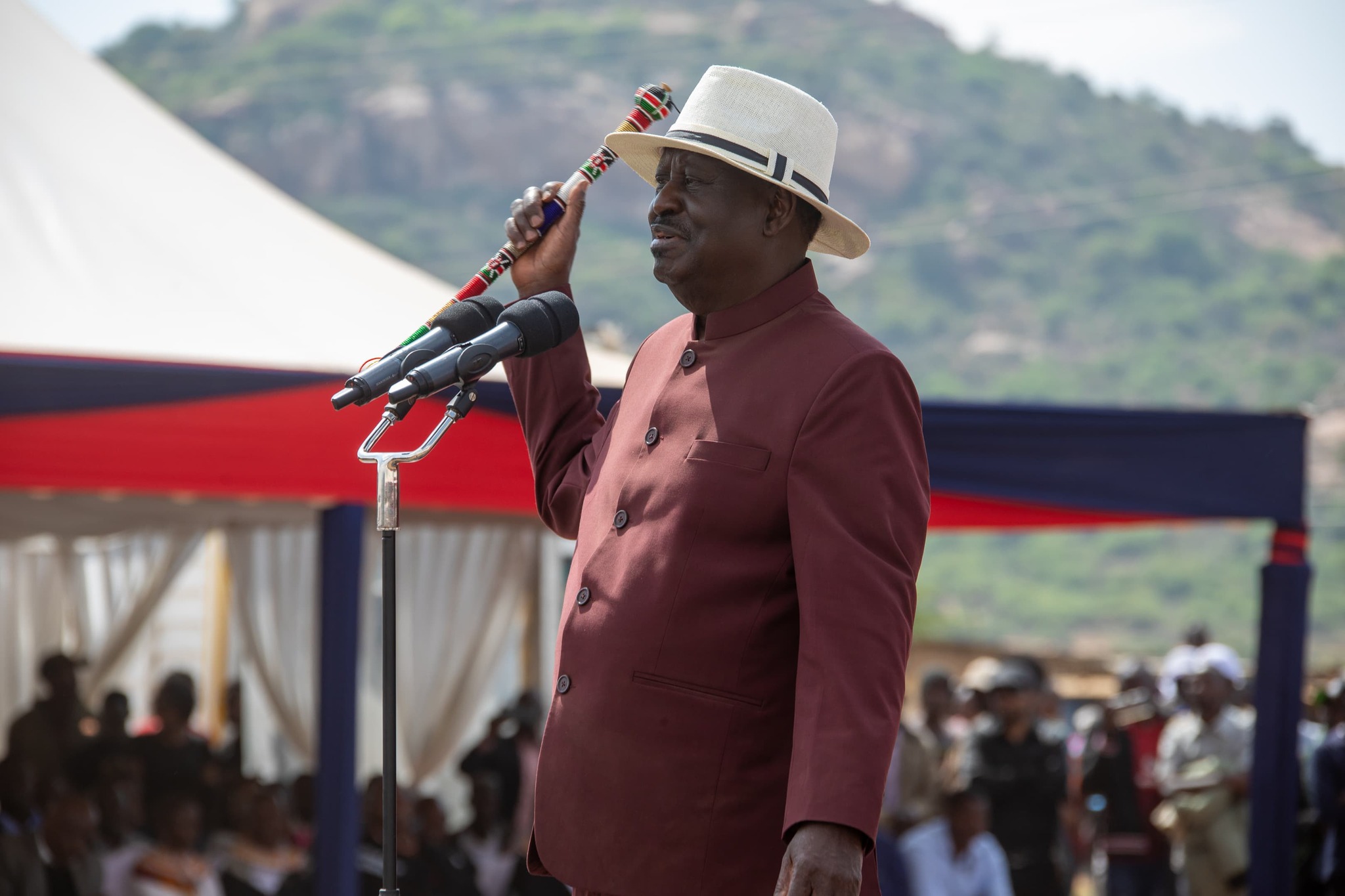
New farming concept offers Zimbabwean farmers higher yields

Reeling from the adverse effects of climate change that have seen agricultural output plummeting over the years, Zimbabwe’s smallholder farmers hope that a new conservative farming concept will maximize agricultural productivity and provide much-needed relief against climate change-induced food shortages.
The new concept, known as “pfumvudza” or “intwasa” in the local Shona and Ndebele languages, is a sustainable way of crop production intensification whereby farmers concentrate resources and expend energy on a smaller piece of land thereby reducing labor demand and resulting in higher productivity from lower investment.
Climate change has led to frequent droughts and limited precipitation in Zimbabwe, which has resulted in the country experiencing food deficits.
In response to the perennial food shortages, the Zimbabwean government is now promoting the adoption of the new farming concept aiming at climate-proofing the agriculture sector.
The conservative farming concept is based on three main principles of conservation agriculture that is minimum soil disturbance, crop rotation, and use of mulch.
By adhering to minimum soil disturbance techniques, farmers only dig a hole where they will be planting their seeds and leave the rest of the land undisturbed.
The use of mulch helps to conserve moisture and to suppress weeds during the summer season. Using decomposed manure helps to promote the improvement of soil structure while providing nutrients to the plant.
Utilizing small land size ensures that the farmer is able to provide supplementary irrigation during dry spells.
For optimum benefits, the planting of crops should be done timely, and this requires adequate preparatory activities including digging of planting basins before the start of the rainy season and the timely acquisition of inputs.
Subsistence farmers from Chaitezvi-Gombe communal area in Seke, a village southeast of the capital Harare, are amongst more than a million farmers who have received training in the new farming concept so far.
Everisto Chisvo, a local smallholder farmer, said people have welcomed the initiative wholeheartedly.
“We are grateful to our president who introduced this concept. It is helping everyone, either you have oxen or you don’t, we all prepare the land before the rain season, and when the rains come everyone will be ready,” he said.
He said the new concept helps with minimizing costs since all items needed for preparation are within everyone’s reach.
“This is very good initiative because there is no need for us to spend money on costs such as hiring a plough or a tractor. All those costs were taking a huge toll on our pockets, but now you can now dig the planting basins on your own, little by little before the rains come,” he said.
Chisvo said he used to harvest about a ton of grain on his one and half-acre plot over the past farming seasons, but this year he expects to double his yields.
Tambudzai Chitepo said she is expecting more yields this year, and even expecting to sell the surplus to the Grain Marketing Board (GMB), Zimbabwe’s grain and marketing company.
“Over the past years, I prepared the land with the aim of selling the surplus to GMB, but due to erratic rains, that wish could not be fulfilled.
“We used to prepare a big portion of land but the yields were not that much and our grains could only last until the next farming season. We couldn’t sell anything, but starting from this year, with this program we are expecting to sell the surplus to GMB,” said Chitepo.
Another villager, Stella Chaitezvi, said the new concept will ensure food security at the household level by maximizing grain production.
“I am happy with this ‘pfumvudza’ concept because we haven’t received adequate rainfall over the past years, so we welcomed this concept because if we plant our grain we will get more yields compared to the previous seasons,” said Chaitezvi.
She said if used properly, the new farming method has a great potential to transform rural economies.
Zimbabwe has faced erratic weather patterns over the years due to climate change, which has resulted in the country experiencing food deficits.
The country produced 1.1 million metric tons of maize, the staple cereal, in the 2019/20 agricultural season, down on last year’s 2.4 million metric tons and less than half the national requirement.
According to the World Food Program (WFP), 8.6 million Zimbabweans (or 60 percent of total the population) are projected to be food insecure by the end of 2020 owing to the combined effects of drought, economic recession, and the COVID-19 pandemic.
John Bhasera, permanent secretary in the Ministry of Lands, Agriculture, Water and Rural Resettlement, recently said the new farming initiative was one of the concepts under the Agriculture Recovery Plan being spearheaded by the government to guarantee food self-sufficiency and commercialize smallholder agriculture.
Bhasera said the program requires a robust and well-capacitated extension provision system for technical backstopping, tracking, and monitoring.
“For optimum benefits, planting on the food security plot should be done timely and this requires adequate preparatory activities that include digging of planting basins before the start of the season and timely acquisition of inputs.
“The early land preparation allows the farmer to plant their crop with the first effective rains. To allow for supplementary watering or irrigation, the food security plots should, where possible, be placed near water sources.
“It is encouraged that farmers prepare two plots, one for cereals (maize or small grains) and one for legumes thus providing a protein source to complement the cereal,” Bhasera said.
More than one million farmers across the country have so far been trained on the new concept, with most of them already carrying out land preparations for the 2020-21 summer cropping season.
The government is targeting to produce 3.6 million tons of the staple maize in the 2020/21 agricultural season, double the country’s annual grain requirement of 1.8 million tons for both human and livestock consumption.






